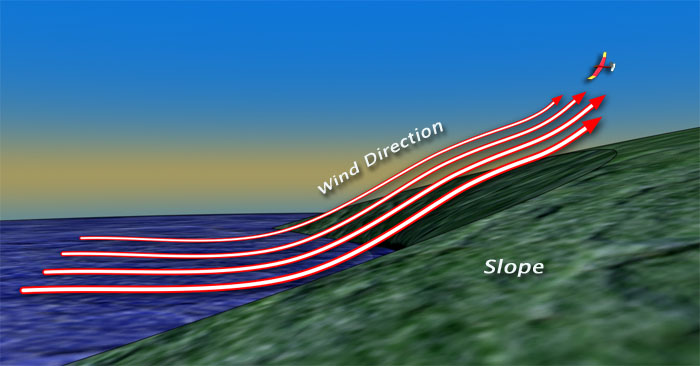simplex1
Ejection Handle Pulled
- Joined
- May 22, 2014
- Messages
- 90
- Display Name
Display name:
simplex1
The correct question would be: "How much power does a 60 kg man have to develop to accelerate its own mass from 0 to 25 mph over 30 feet?"calculate how many people were needed to push that 710 lb pound from 0 to flight speed (25 mph) over 30 feet. Please don't forget about the engine contribution and please show all calculations
Demonstration
Data:
v_initial = 0
v_final = 25 mph = 11.176 m/s
d = 30 feet = 9.144 m
m = 60 kg
The equations that govern the movement of a body m accelerated by the force F:
1) F = m*a
2) d = a*t^2/2
3) v_final = v_initial + a*t
4) P = F * d / t = m * v_final^2 / 2*t
It will follow that:
t = 2 * d / v_final = 1.636 sec
P = m * v_final^2 / 2*t = 2.29 kW = 3.11 HP
In conclusion, a 60 kg man has to develop minimum 3.11 HP over 1.63 sec. just to accelerate himself to 25 mph over 30 feet!! There is no more room for excess power delivered to the plane. No matter how many people had tried to push by hand the alleged Flyer III 1905 the outcome would have been null, the power delivered to the plane would have been zero.
Flyer III 1905 could not have been pushed by hand as the Scientific American wrote in 1906 based on some letters received from alleged witnesses.
See: http://www.pilotsofamerica.com/forum/showpost.php?p=1717485&postcount=188
Last edited:














